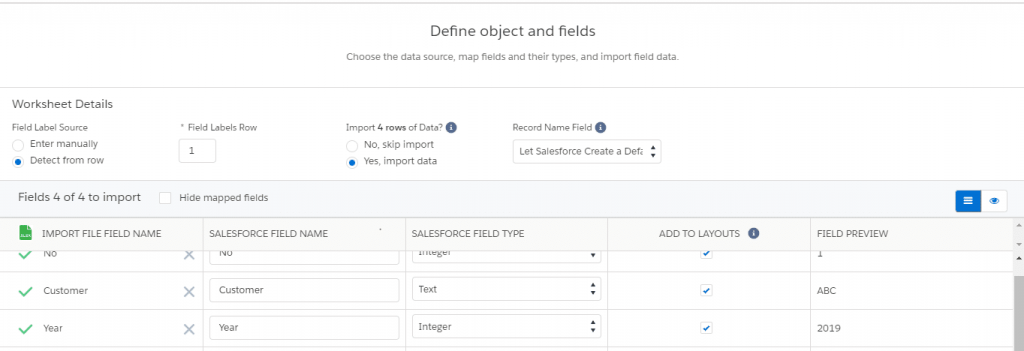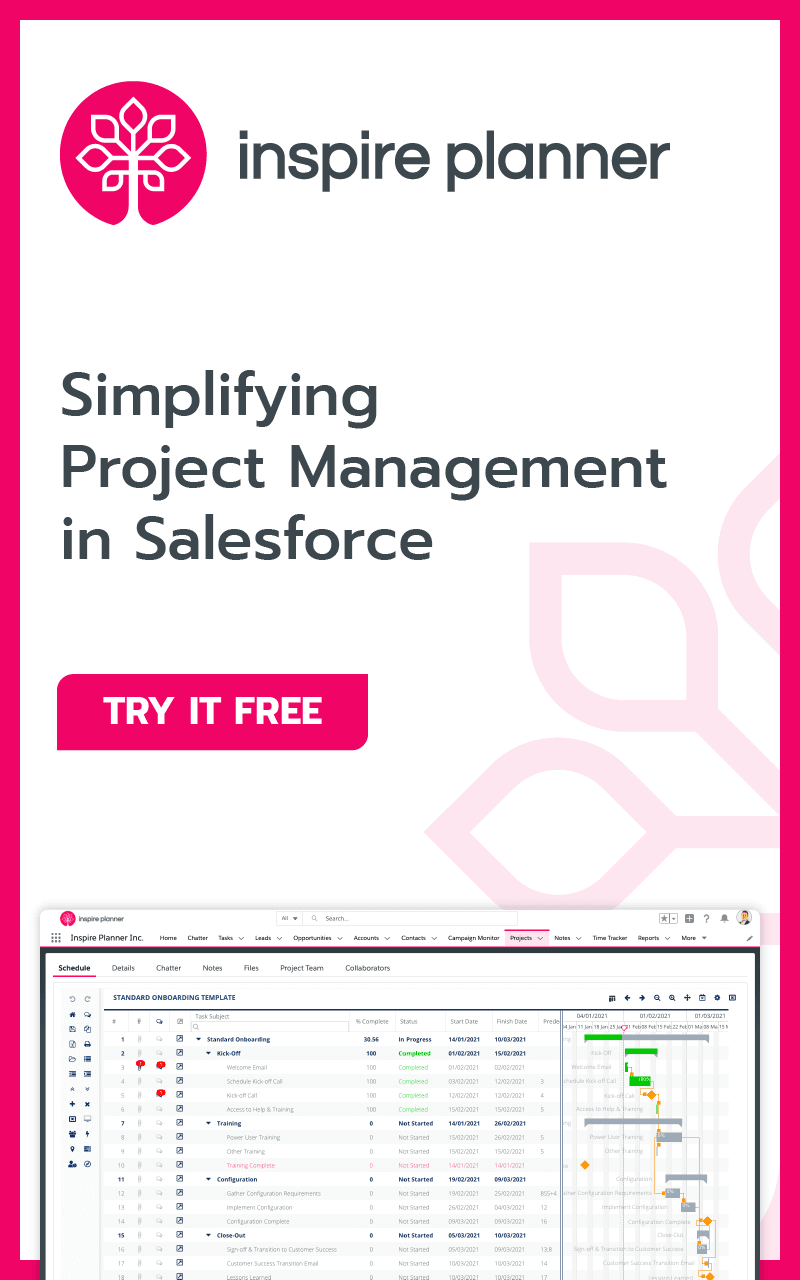Getting Started With Salesforce Lightning Object Creator
Salesforce
If you have worked on any enterprise CRM systems, you will be well acquainted with the extent to which companies exercise key policies and complex business scenarios in excel. It’s a harsh truth that even in today’s day and age, most of the enterprise companies still do that. The main reason for the hindrance to moving these processes to applications is the fact that spreadsheets can be customized easily to accommodate the myriad variations that crawl up in an enterprise at durations more frequent than they could hope for.
What if you had a way to incorporate the logic defined in excel onto a Cloud-based system, super integrated with the rest of your enterprise systems? Now that would be truly transformative. That’s why when Salesforce Lightning Object Creator was released as part of the 2018 Dreamforce address, hopes were raised, and now that Salesforce has made it generally available, things couldn’t be more in favor of ease of development.
What is Salesforce Lightning Object Creator?
Salesforce Lightning Object Creator is the latest low-code app development tool that turns spreadsheets into apps with just a few clicks. You can convert Microsoft Excel, Google Sheet, and Comma-separated value files into apps running within your Salesforce Org. And all of this can be done in a matter of few clicks.
How to get started with the Salesforce Lightning Object Creator?
The feature has been enabled on a rolling basis for all production instances from 7th August 2019. Salesforce Lightning Object Creator is available in Lightning Experience and in Contact, Manager, Group, Professional, Enterprise, Performance, Unlimited, and Developer Editions.
You can access the Creator page by clicking Create -> Custom Object with a spreadsheet on any Setup page or you can access it directly via object-creator.salesforce.com.

Step 1 – Source Upload:
Once you are done with step 1, you will be directed to a page asking you for the spreadsheet source. Select/upload the field from your system, Google Drive or Microsoft account.
Step 2 – Object Definition:
The next step would be to define the object attributes. You will be directed to a screen, very similar to the Data loader field mapping screen. Salesforce by default fetches attribute details from the spreadsheet but you can define the name and data type of the attributes applicable to your Object.

Step 3 – Object Property:
The last step would be to define basic object properties to drive object behavior in Salesforce. The properties you can set at this stage include searchability properties like the label, API name, object description as well as setting up the reporting and searchability of the object.
Voila, click “Finish” and you are all set with your new object. You can further update Object properties within “Object Manager”.
Considerations for Salesforce Lightning Object Creator
Though we couldn’t be more excited about this feature, here are some considerations to keep in mind while creating custom objects from spreadsheets.
- Since the feature does not provide a template for loading, the user has 100% flexibility on how they structure object attributes. Ensure that the structure defined as part of step 2 is accurate.
- The Lightning object creator read by columns, unlike Data Loader which goes by Rows first. The columns are read first to capture what fields need to be created in Salesforce.
- Salesforce reads the file from left to right considering columns as field names (i.e., from Column A to Column Z and so on). Make sure your source spreadsheet is structured accordingly.
- The tool creates the fields using default settings for the field attributes in Salesforce. For example, it sets the default length for Text/Decimal/Number fields.
- Any space in the column names will be replaced with “_” (underscore) in the API names for the field. Example: If “First Name” is the column name in your sheet, the API name of the field created in Salesforce will be “First_Name”. The label will still be “First Name”
Summary
Salesforce Lightning Object Creator easily and quickly converts your spreadsheets into Objects and import data as well all in a single go. Now that you have saved all the time with the object design and creation, you can go ahead and start leveraging the object to create Lightning Apps, Lightning flows, Lightning components, or components from AppExchange.



